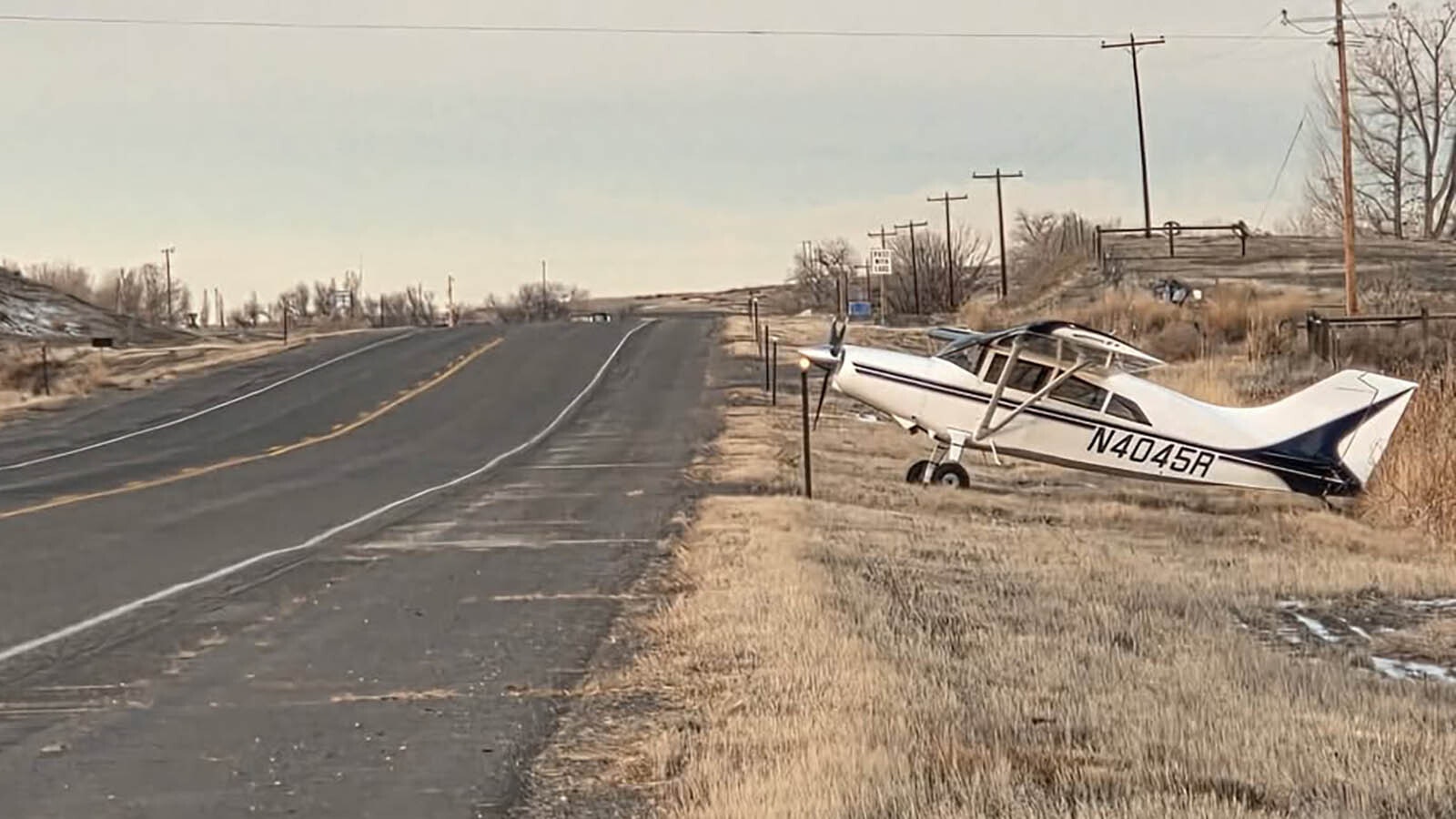Harley-Davidson Inc.’s electric brand, LiveWire, first hit the market in 2019. Before Harley broke off LiveWire into a separate brand this year, High Country Harley of Cheyenne was the only electric motorcycle dealer in the state.
“We actually did quite well with them. The guys that have them really love them,” said Reed Holmes, sales manager for High Country.
Holmes said Harley’s entrance into the EV motorcycle market positioned the company to be ahead of its time.
High Country continues to service the LiveWire brand and built a charging station for the bikes. Supply chain issues have kept the station down for a few months now, and he said a lot of electric bikers show up disappointed to see the station out of service.
Holmes said many of the electric customers were people who would not have otherwise come into a Harley-Davidson store, but he had a few longtime Harley riders who decided to go EV.
That was one of the reasons it was disappointing that LiveWire spun off into a separate identity, he said. It brought more potential motorcycle riders into the store who wouldn’t have otherwise stopped in.
“Everybody was really just in love with this thing. Even the naysayers. If they really gave it a chance, and they rode one, they couldn’t believe it,” Holmes said.
Struggling Brand
While the bikes did well at Wyoming’s only dealer, the brand has been struggling overall. In an effort to secure investors, the brand separated from Harley and, rather than going public through an initial public offering, it raised funding through a special purpose acquisition company (SPEC). Sometimes called blank check companies, SPECs are formed to raise capital without commercial operations.
RideApart, an motorcycle publication, reported that of the $400 million that initial investors put into LiveWire, they’ve since withdrawn $370 million of that.
The first bikes sold for $30,000, which was comparable to a lot of Harley models, but still out of the budget for the younger riders who would most be interested in the electric models.
‘Righteous Rumble’
Jack Speight has been riding motorcycles most of his life. The 82-year-old has seen a million miles of highways on two wheels. He regularly rides with friends in biker clubs.
He’s never seen an electric motorcycle among the riders he’s had the pleasure to ride with, and he remains skeptical of their potential.
The EV’s electric whir doesn’t quite have the powerful sound that attracts many Harley riders.
Speight calls it a “righteous rumble,” and he said it’s pretty important to the overall experience of riding a Harley.
Holmes said most people think the sound of the electric bike would be a turn off, but when people ride one, they realize how much ambient sound they miss out on when riding a gas-powered bike.
“Don’t get me wrong, I love the sound and that melody of the motor,” Holmes said. “But many people came back from a test ride and went, ‘You know, it’s – it was kind of weird at first, but then it was kind of refreshing.”
Short Range, Slow Charge
The first model of LiveWires had a 100- to 150-mile range, which Speight said would cover about half the distance of his group’s typical rides. With a DC fast charger, which are few and far between in Wyoming, the bikes take an hour to charge up.
“There better be a damn good gift shop next to the charging station,” Speight said.
The LiveWire’s acceleration is 0 to 60 in 3 seconds, which is about 1.5 seconds faster than most new Harleys.
Tesla lovers seeking the thrill of motorcycles are out of luck. Elon Musk’s company produced a concept electric motorcycle called the Tesla Model M. Musk said that in his younger years, he rode dirt bikes a lot. When he was 17, he was nearly killed in an accident. As a result, Musk has stated the company will not get into the electric motorcycle market.
Sold Out
The newer LiveWire models, the Del Mar series, sold out within minutes of their release. They have a shorter range and longer charge time, but they’re selling for $17,000.
Holmes was sad to see the line leave Harley. High Country had paid to have the charging station and paid to have its mechanics certified in servicing the line.
“We’re still happy that we’re an authorized service center, and we still work on them,” Holmes said. “Hopefully I’ll have that part for my charging station here in the next couple of weeks. And we’ll be back doing our thing.”





